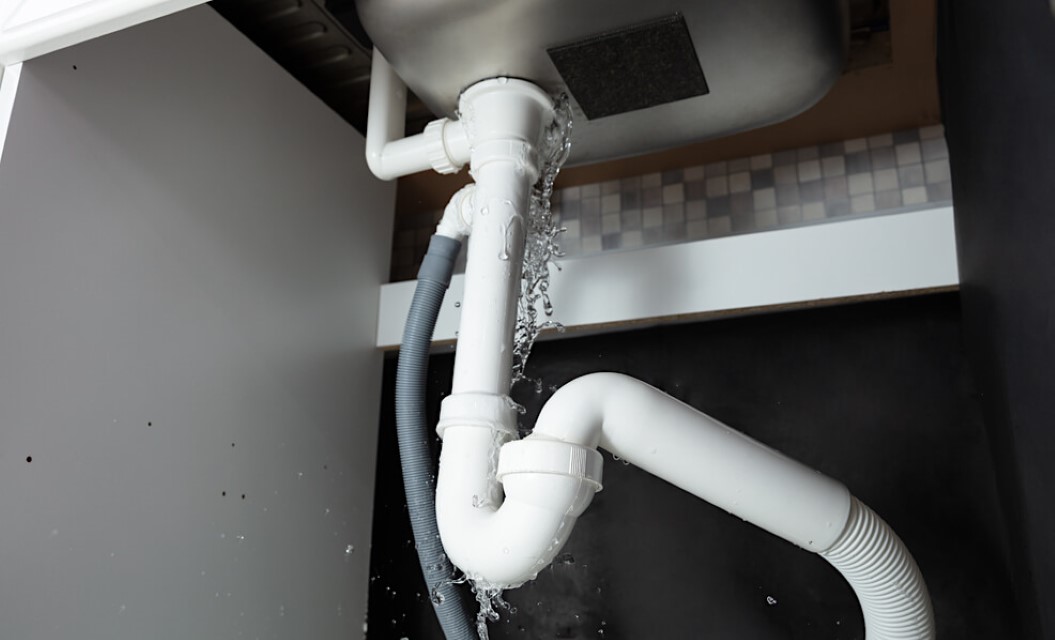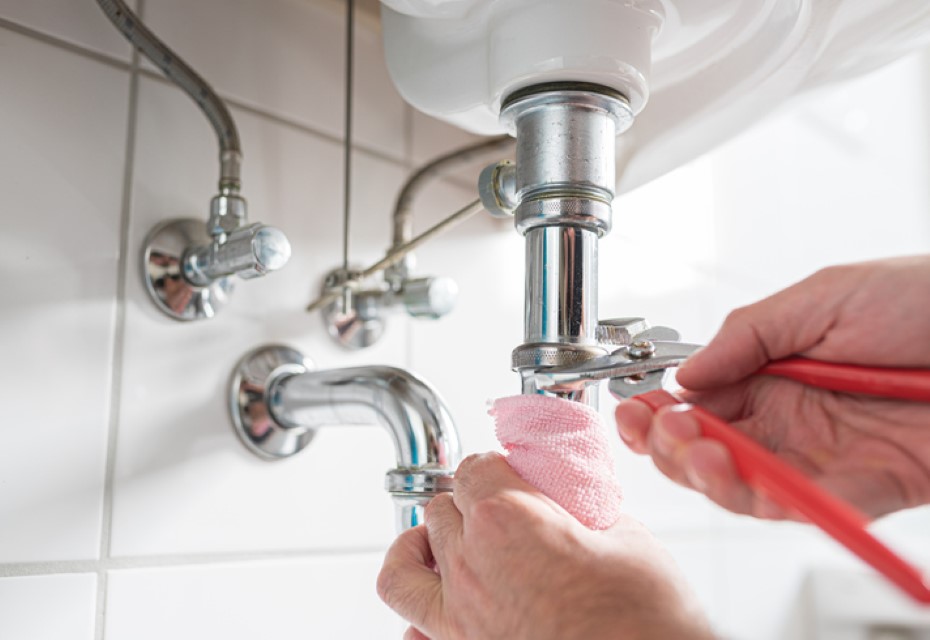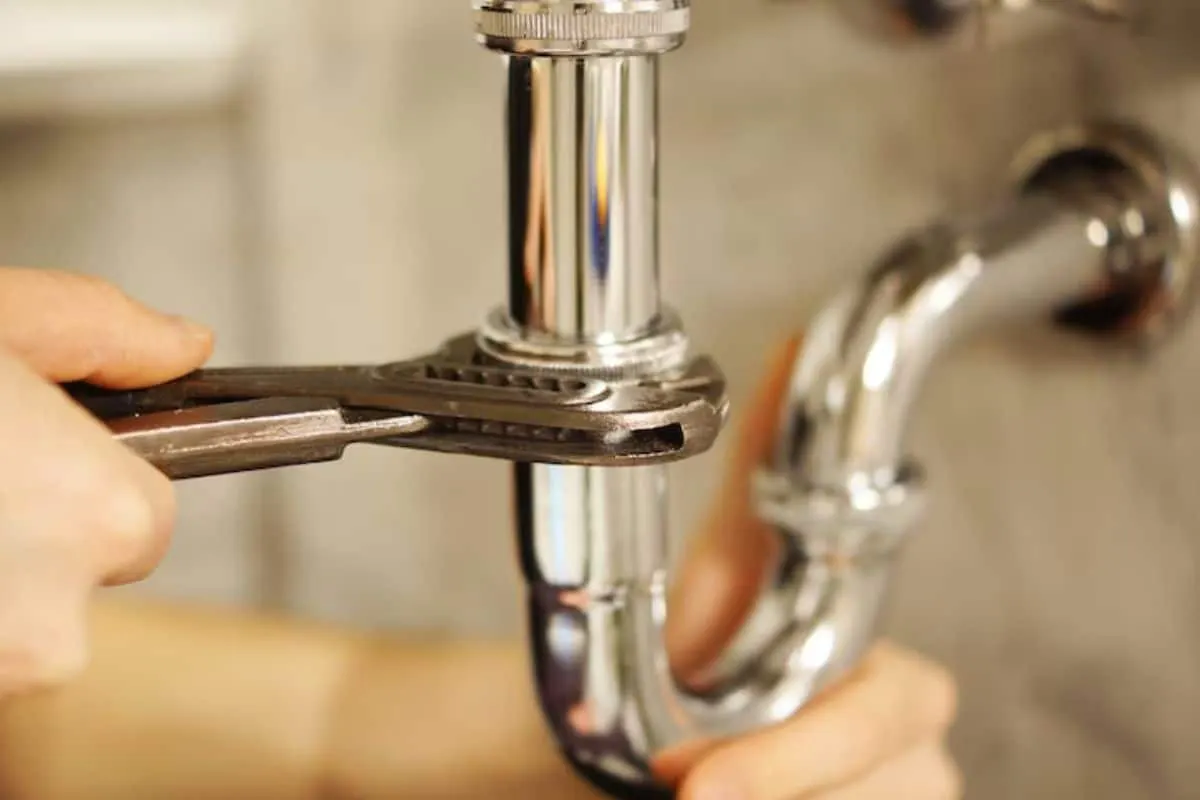Dealing with water damage in your home can be stressful, especially if the costs start to add up. If the damage is caused by a covered incident like a burst pipe, you may be able to file an insurance claim to help cover repairs. Here’s what you need to know about making a successful water leak insurance claim.
Assess the Damage
The first step is to thoroughly inspect the damage and determine where the leak originated. Look for the source of the water as well as any secondary damage. Check walls, floors, and ceilings for water stains or moisture. Make notes about the extent of the damage in each area. Take plenty of photos or video to document.
Mitigate Further Damage
Once you’ve assessed the situation, take steps to prevent any additional damage. Turn off the water supply to the affected area and use towels to soak up standing water. Remove any wet items like rugs or furniture. Be proactive about starting the drying process with fans, dehumidifiers, or calling in a water damage restoration company.

Report the Leak
Notify your insurance company about the water leak right away. Most policies require prompt notification for coverage. Provide details about when the leak started, where it is located, and the nature of the damage. Be prepared to answer questions over the phone or schedule an in-person inspection.
Document the Damage
Insurance adjusters rely heavily on documentation to process claims. In addition to the initial photos, put together a thorough inventory of the damage. List every affected room and the items, surfaces, or structures that were damaged. Include model numbers and ages when possible. Receipts for damaged items can help support your claims.
Understand Your Coverage
Review your homeowners or renters policy to understand what water damage is covered before starting repairs. Most standard policies cover sudden water leaks like pipe bursts, but not gradual leaks over time or flooding. Damage to your possessions may have different coverage limits than the dwelling itself. Ask your insurer to explain any ambiguous parts of your policy.
Make Temporary Repairs
You can usually make minor repairs that prevent further damage, like sealing broken pipes or holes in the roof. Be sure to keep receipts for any supplies purchased. Hold off on permanent repairs until after the claims process is complete and you get approval from the insurance company.
Cooperate Fully with Your Insurer
Work closely with your insurance company throughout the claims process. Provide any requested documents or access for inspections promptly. Answer questions thoroughly and honestly. Your insurer may hire an independent adjuster to inspect the damage and prepare a repair estimate. Review the estimate to make sure nothing is missing before signing.

Be Patient
It takes time for insurance companies to fully investigate claims and issue payment. Expect back-and-forth with your adjuster to supply information, clarify scope of damage, and agree on a settlement. For extensive water damage, it could take several weeks to a month to receive the funds, but persistence pays off.
Hire a Public Adjuster If Necessary
If you aren’t satisfied with the insurance company’s response or proposed settlement, consider hiring a public adjuster to advocate on your behalf. They often achieve higher settlements through expert negotiations. Just be aware public adjustuster fees typically range from 10-20% of the total claim amount.
Follow Repair Requirements
Once your claim is approved, make sure all completed repairs adhere to your insurer’s specifications in order to receive full reimbursement. Some may require using preferred contractors. Keep close tabs on repair expenses and save all receipts to reconcile with issued payments.
By taking these key steps, you can successfully navigate the claims process after water damage and get your home back in order. Promptly notifying your insurance provider, thoroughly documenting the damage, understanding your coverage, and cooperating fully with the adjuster’s requests are all key to getting a fair settlement. With patience and persistence, you can achieve a positive outcome.

